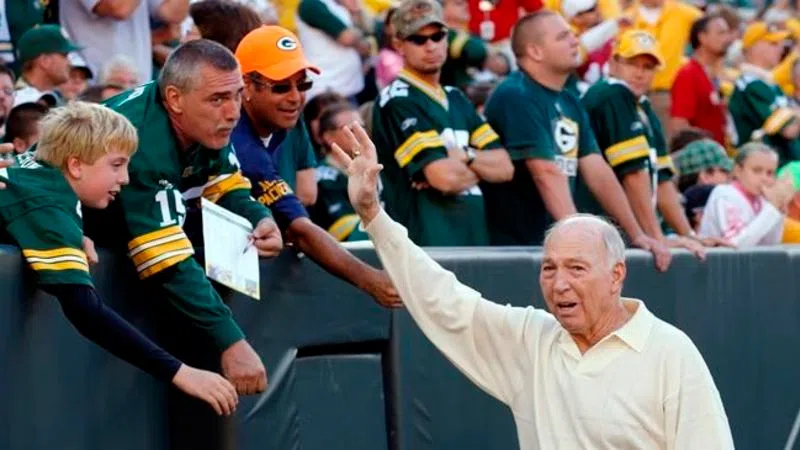
Bart Starr, 1960s Green Bay quarterback, dies at 85
GREEN BAY, Wis. — Bart Starr, the gentlemanly quarterback and catalyst of Vince Lombardi’s powerhouse Green Bay Packers teams of the 1960s whose sneak won the famed “Ice Bowl” in 1967, has died. He was 85.
The Packers announced Sunday that Starr had died, citing his family. He had been in failing health since suffering two strokes and a heart attack in 2014.
“While he may always be best known for his success as the Packers quarterback for 16 years, his true legacy will always be the respectful manner in which he treated every person he met, his humble demeanour and his generous spirit,” Starr’s family said in a statement.



